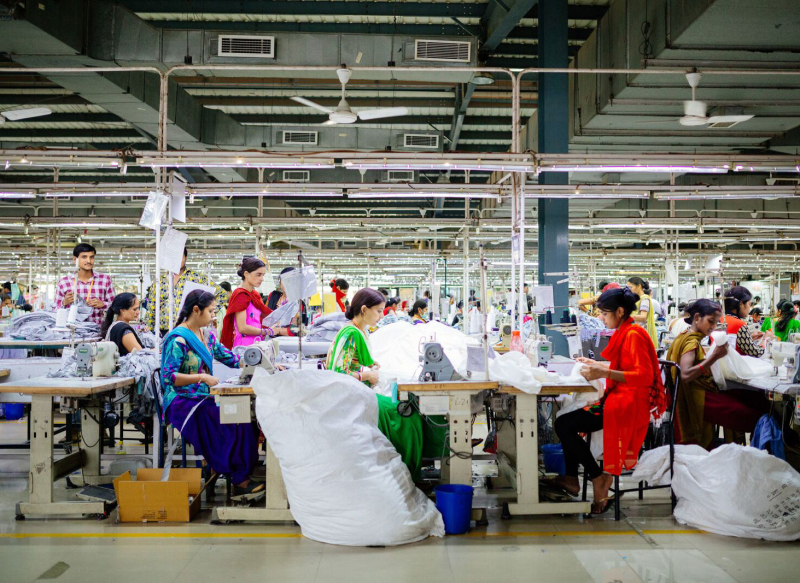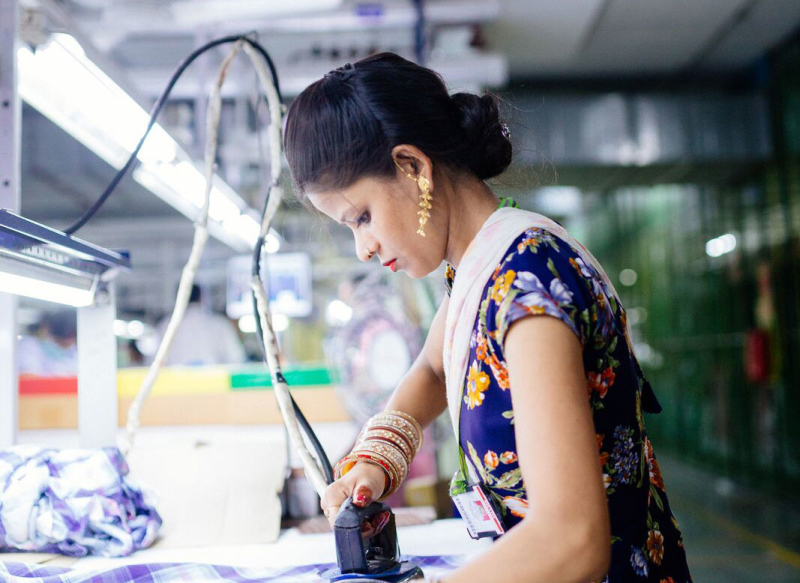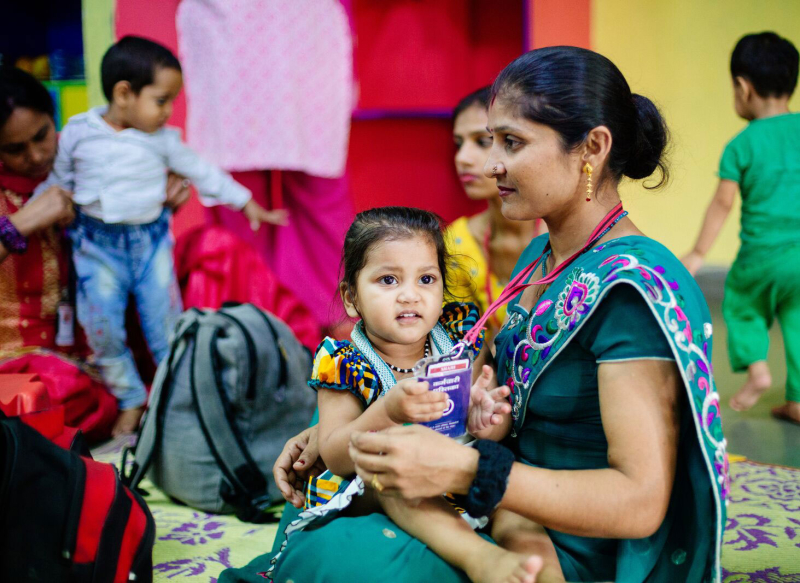FOCUS AREA
UNLOCKING FEMALE LABOR
LOCATION
Bengaluru
REACH
4 factories, 9,000 workers
PARTNERS
Shahi Exports, Family Planning Association of India (FPAI), United Nations Foundation
STAGE
- DESIGN
- EVALUATE
- ANALYZE
- DISSEMINATE
- SCALE-UP
Health Interventions For Women
CHALLENGES AND OPPORTUNITIES
According to a Lancet study, almost half of India’s pregnancies in 2015 were unintended. A survey GBL conducted in two factories showed that 60% of women use cloth instead of pads during their menstrual cycles. These workers also had higher rates of obstetric morbidity (a disease related to pregnancy), underscoring the lack of access to adequate reproductive care. We partnered with a leading Indian garment manufacturer to introduce a health clinic and a training intensive catering to women workers’ sexual and reproductive healthcare (SRH).
RESEARCH QUESTION
What role can major employers of women, such as garment factories, play in improving access to SRH services? Can providing a safe space in factories break the taboo around this topic and promote positive health seeking behaviors?
RESEARCH DESIGN
To understand the needs of the workers, we undertook exploratory research in six garment factories in the southern Indian city of Bengaluru.
- We conducted interviews and focus group discussions with women workers, factory medical staff, welfare officers, and organizational development team members to understand stakeholders’ behavior and attitude towards SRH.
- We found that the baseline level of knowledge regarding SRH among workers, especially unmarried women, is low.
- We also noticed that the first point of contact for SRH issues for migrant workers is the local community ASHA (Accredited Social Health Worker) or Anganwadi worker, who they are disconnected from when they migrate to cities.
The SRH clinic will address shortcomings in women’s healthcare, and fill the gap of healthcare workers for many women, while a four-month training program facilitated by SRH experts which will take women workers through various topics like healthy sexual practices, menstrual hygiene, contraceptives, sexually transmitted diseases, pre-natal and ante-natal care, abuse and consent.
MEASURING OUTCOMES
- Change in knowledge, behavior and attitude towards SRH
- Attitude towards SRH after training
- Change in health of workers in factories
- Creating a safe space within factories for addressing SRH related issues
- Women workers’ relationship to employers after SRH provisions
Image credits: Nayantara Parikh


